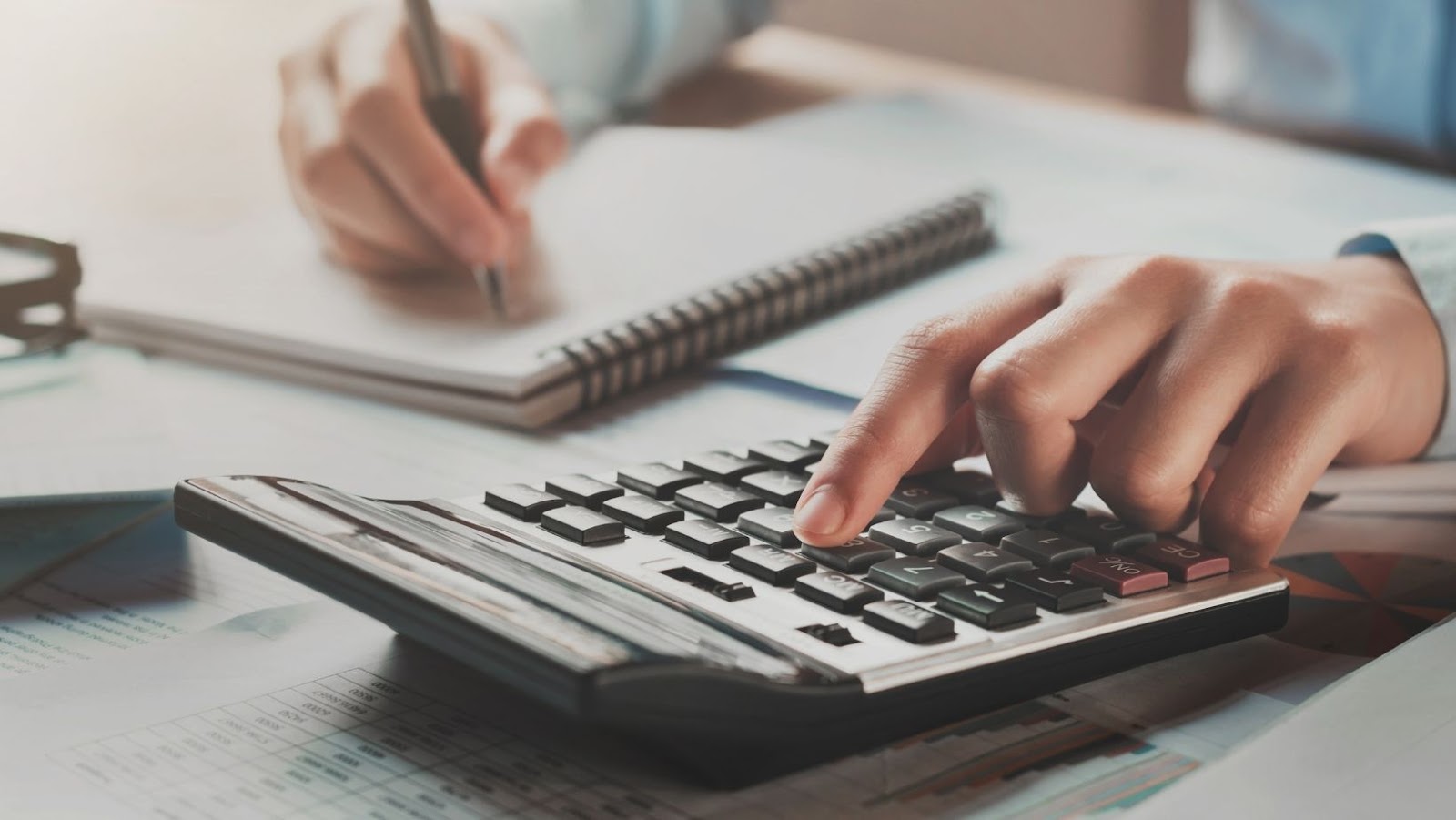
Use a pen or pencil to help you visualize the addition process. Write out the problem in long form, and then use your writing tool to “carry” the ones (or the tens, depending on what you’re adding) to the next column. This will help you keep track of which numbers go where, and it will also help you see the relationships between the numbers more clearly. Another helpful technique is to draw pictures to represent the numbers in your problem. This is especially useful for word problems, as it can help you “see” what’s going on in the problem. For example, if you’re being asked to add 7 + 3, you could draw seven objects and then add three more, counting all of the objects together to get your answer.
You can also use your fingers to help you keep track of the numbers in an addition problem. This is especially helpful when you’re starting to learn how to add, as it can make the process less abstract. Simply hold up the corresponding number of fingers for each number in the problem, and then count them all together to find the sum. Finally, many people find it helpful to use a calculator when they’re first learning how to add. This can take some of the mental math out of the process, and it can help you see how addition works. Just be sure that you understand the problem before you start punching buttons, as it’s easy to make mistakes when using a calculator!
what is 9 plus 10
9 plus 10 equals 19.
In math, addition is the process of combining two or more numbers into one number
The numbers being added together are called “addends” or “summands.” The number that results from the addition is called the “sum.” For example, in the problem 9 + 10 = 19, 9 and 10 are the addends, and 19 is the sum.
To solve an addition problem, you simply need to find the sum of the addends. This can be done by starting at one end of the problem and working your way to the other, adding each number as you go. For example, in the problem 9 + 10 = 19, you would start with 9 and then add 10 to it to get 19.
The sum of two numbers is the result of adding them together
When adding three or more numbers together, the process is the same as for two numbers. You simply start at one end of the problem and work your way to the other, adding each number as you go. For example, in the problem 9 + 10 + 11 = 30, you would start with 9 and then add 10 to it to get 19. Then, you would add 11 to 19 to get 30.
The sum of three numbers is the result of adding them together
To find the sum of a group of numbers, you can also use the “commutative property of addition.” This states that the order of the addends does not affect the sum. In other words, it doesn’t matter which order you add the numbers in, as you will always get the same answer. For example, in the problem 9 + 10 = 19, it doesn’t matter whether you add 9 to 10 first or 10 to 9 first; either way, you will get 19 as the answer.
The commutative property of addition states that the order of the addends does not affect the sum
You can also use the “associative property of addition” to find the sum of a group of numbers. This states that you can regroup the addends in any way you like and still get the same answer.












